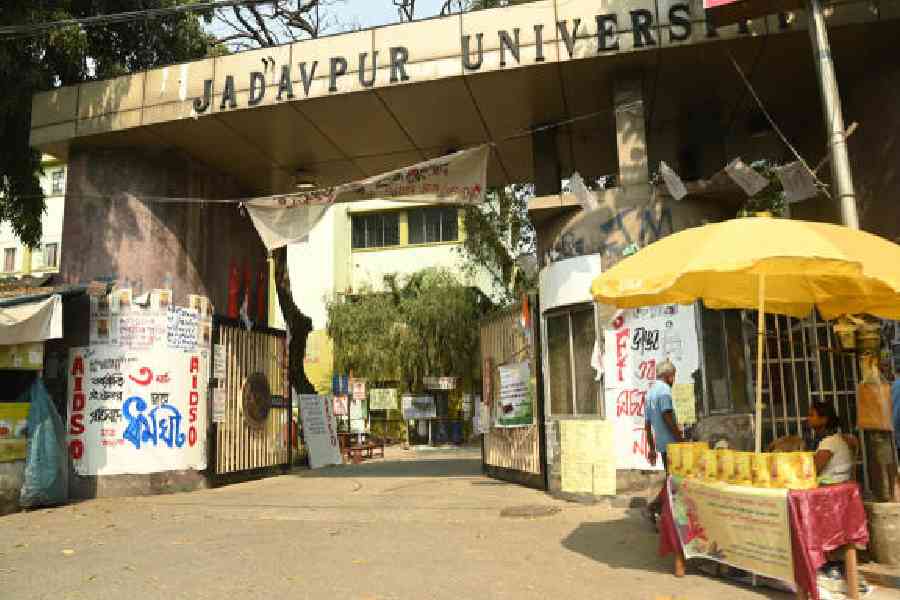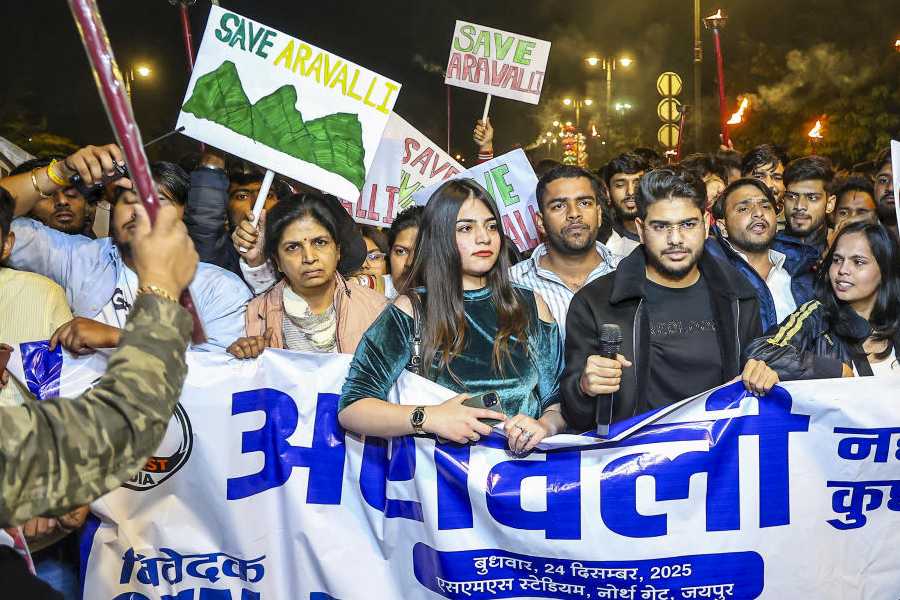 |
| Ampareen Lyngdoh |
Shillong, Sept. 22: The Meghalaya government has set a target of a decade to reduce slum areas as there are as many as 12 locations in the city alone which have been notified as “slums”.
Unplanned expansion of urban areas without adequate facilities, population explosion, rural migration, influx, and an intricate land tenure system which limits government control over usage of land are some of the reasons which have been identified as factors behind the growth of slums in Shillong.
Since 2004, the urban affairs and municipal administration department has notified 12 areas in Shillong alone as slums. These include Laitumkhrah, Nongmynsong, Demseiniong, Pynthorbah, Jhalupara, and Mawbah.
The specified indexes used for declaring areas as slums include sanitation, drinking water, dwelling homes, economic status of the residents, conditions of roads, drains and sewerage system.
According to the Meghalaya State Development Report, 2008, “Slums have emerged in the urban areas of the state purely because of lack of infrastructure. Most of the slum pockets are located in low-lying and water-logged areas amid poor sanitary conditions and unhygienic surroundings.”
“We have set a target of a decade to reduce slum areas by at least 75 per cent. By 2021, the government should be in a position to denotify some of the notified slums,” urban affairs minister Ampareen Lyngdoh told reporters here today.
The announcement comes against the backdrop of the department’s eagerness to inaugurate the first phase of the residential units meant for slum dwellers.
The construction of 64 dwelling units at Lumphira in Nongmynsong on the outskirts of the city has been completed, and the first phase of beneficiaries, belonging to below poverty line families, will be given accommodation.
A committee has been formed to select the beneficiaries where only “deserving” families will be given preference without “personal favours”, the minister said.
Apart from the 64 units, construction for the remaining 536 units is still on. The total cost of the project, under the Jawaharlal Nehru National Urban Renewable Mission, is around Rs 30.44 crore.
The government had initiated construction of these 600 dwelling units for the urban poor since September 2008.
Ampareen said the terms and conditions to be signed with the beneficiaries would be made stringent to ensure that the families do not lease out the units. “If any unit is found to have been sub-leased, allotment will be immediately withdrawn,” the minister warned. She said the department would work together with the Hima Mylliem for the proper rehabilitation of dwellers residing at the Sweeper Line (Punjabi Colony) near Mawlong Haat.
While talks with leaders of the colony are on for the rehabilitation of the dwellers, Ampareen said the government intends to build housing units with financial aid from the Centre.
At present, there are around 400-odd families living in the colony, but according to the architectural designs, the dwelling units will be able to accommodate only 200 families.
“We will work out the strategies to ensure that all families are accommodated,” the minister said, while adding that the living conditions in the colony were “below human standards”.
Since 1954, the Sweeper Line was utilised as a residential area for those working with the municipal affairs department.











